Dutch strawberry varieties of early and late ripening

Strawberry is the most popular berry. She has excellent taste and a very beautiful appearance. It’s just not entirely correct to call it a strawberry, it’s a wild strawberry. She has been loved since ancient times; she was known already in distant centuries, when Hippocrates lived. It is rich in iron, magnesium, potassium and vitamins.
Content:
- General information
- Dutch strawberry varieties
- Bed preparation and planting
- Root treatment
- Ash treatment
General information
There are many varieties of it known. But breeders do not stop there; they constantly develop new species. Its qualities are improving.
Strawberries are classified as dietary foods. Fresh berries quench thirst and improve salt metabolism.
In the southern part of our country, garden varieties have become widespread. They love a lot sunlight and moisture. It is optimal to plant several types of strawberries, in this case there will be good pollination. And that means the harvest. From one square meter you can collect up to 1.5 kilograms of berries.
Dutch strawberry varieties
Elvira is an early ripening variety, berries weigh up to 50 - 60 g, have a round shape and a bright red color. The berries are dense and very sweet. Elvira is suitable for cold and damp areas. Gives a good harvest and is resistant to fungi.
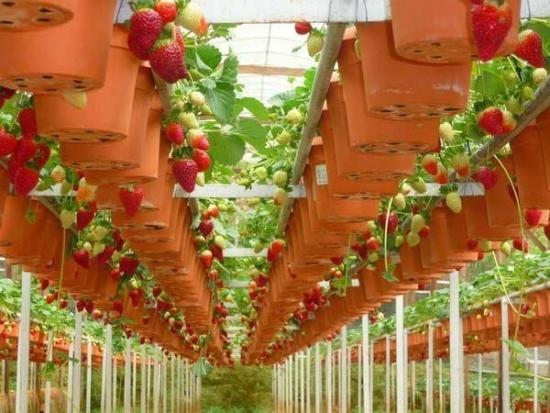
Vima Zanta is a relatively new variety, adapted to central Russia. The berries are distinguished by their large mass. With proper care, they bear fruit well and tolerate cold and disease.
Gigantella maxima - late-ripening variety, tall bushes. The berries are up to 9 cm in diameter and bright red. The advantage is that, despite the rain, the harvest will be sweet. Resistant to strawberry mite and gray rot.
The crown is resistant to cold winters, the berries have a pleasant aroma and taste. Only it is susceptible to gray mold and leaf spot.
Agricultural technology
Bed preparation and planting
Planting strawberries begins with preparing the soil on the site. Compost is added to where the strawberry bushes will be planted: 1.5 buckets per 1 sq.m. Use a pitchfork to dig up the soil of the bed to a depth of 25 cm.
The surface is leveled with a rake, simultaneously breaking up clods of earth. The beds are laid out 90-100 cm wide, between which a 35 cm wide path is trampled.
It is then necessary to tamp down the soil in the planting bed with a flat, wide board. This is necessary to ensure that the covering material fits tightly to the ground, which will ensure moisture retention. You can spread perforated black film on the beds, black covering material or roofing felt. The edges of the covering must be sealed. If it is a film or black covering material, they are placed under roofing felt on the path. You can cover the beds with roofing felt and put boards along the paths that you can walk on.
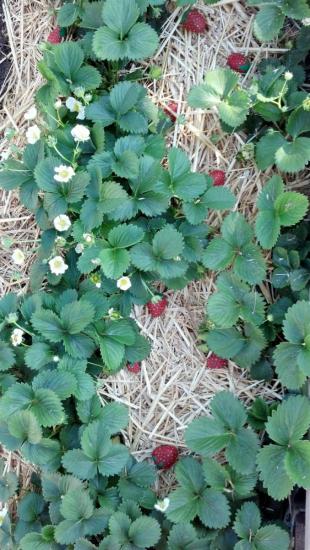
To mark the planting holes, you can make a template from thick cardboard. It is applied to the coating and cuts are made for planting through the prepared slots. You can make cuts in the covering materials for several beds at once, in several layers.
In the first year, plants are planted densely - in a checkerboard pattern of 20 cm in a row and 25 between rows. In the same year they get a large harvest. Then, after the first harvest, the plantings can be thinned out to one bush.
After fixing the covering, they begin to plant young strawberries. Seedlings are stuck into the cross-shaped slits with a peg, or planted with gloved hands. After watering each bush from the teapot, the voids in the holes are filled with sand.
Planting time takes a little longer than conventional planting, but with this method you save time on further weeding. You can find out how to protect dark coatings from overheating Here. In summer, of course, it is better not to plant in this way; the most favorable time for planting with cover is still spring.
Root treatment
For better survival rate (up to 100%) of the bushes, the roots of the planting material are dipped to the core in a clay mixture with the addition of heteroauxin or root. For 5 liters of mash, add 1 tablet. With this method, the seedlings take root much faster, and the strawberries develop a powerful root layer.
Ash treatment
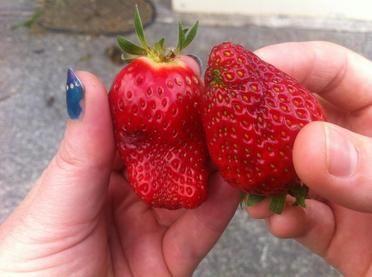
Planting with a layer of mulch is also good for beardless varieties. And although this method keeps the berries clean and they are less susceptible to gray rot, dusting with ash is used to stop the growth of this fungus. Wood or straw ash is used. For the first time, approximately 15 g per bush, and for the second and third procedures, 5 g per bush is enough.
Spraying with ash solution is also used. To do this, sifted ash (300 g) is boiled for 30 minutes and left to settle. It is filtered and then diluted in a bucket of water. To improve adhesion, add soap (40 g) before spraying. Treatment is carried out twice a month. Soap-ash solution is also good for spraying against powdery mildew and sawflies for other crops.
We looked at Dutch varieties of early and late ripening strawberries, as well as the features of agricultural technology for strawberry plantings that reduce labor costs for care.


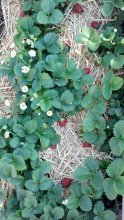

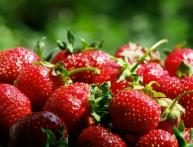

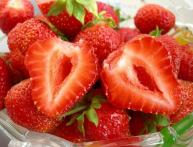
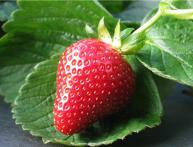
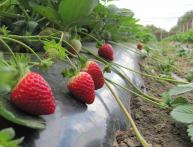
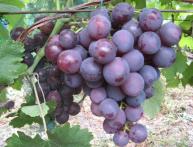
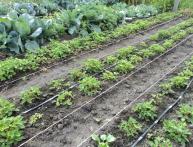
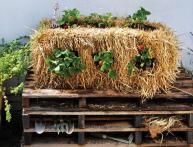
Comments
I like Dutch strawberry varieties because they are frost-hardy and resistant to powdery mildew and leaf spot. The berries are large, juicy, aromatic, sweet. We grow the Kimberly variety. The berries ripen early, are very unpretentious and productive.